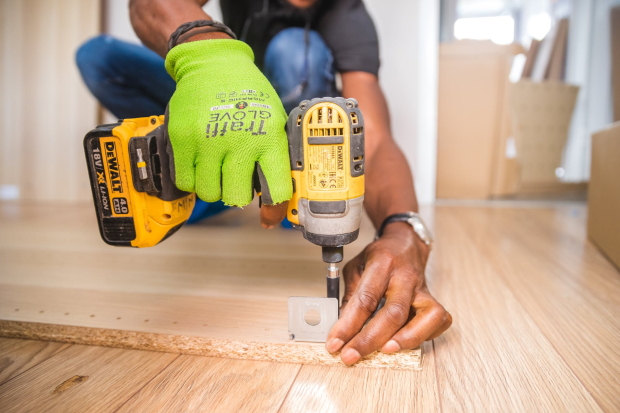Your floor’s construction will determine your installation method. As a general rule, almost all solid wood floors require a nail or staple down install; whereas engineered flooring can typically be nailed, stapled, glued, or floated depending on your subfloor.
Unfinished solid hardwood flooring is installed over wood subfloors or is created with a floor joist system. Installation involves nailing or stapling. Most solid unfinished flooring is 3/4ths of an inch to one inch thick and 2.25 to five or seven inches wide. Smaller strip sizes are also available, and unfinished hardwood flooring can be 5/16ths to one-half of an inch thick and 1.25 inches wide. Unfinished solid hardwood is considered the highest-quality flooring product available, and installing thinner strips of this top-notch wood results in lower vertical floor height.


